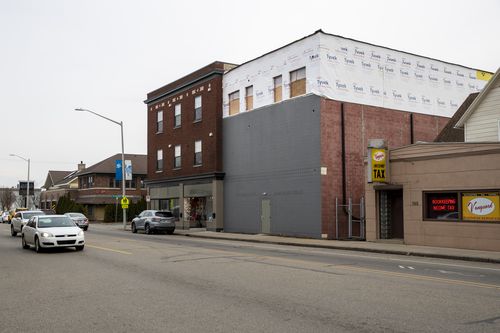Family homes rents up almost 3% year on year in the US, led by Las Vegas


Family home rents in the United States increased by 2.8% in the 12 months to January 2018, led by growth of 4.8% in Las Vegas, the latest real estate index figures show.
Low rental home inventory, relative to demand, is fuelling the growth of rents, but the level of growth has slowed, down from 4.1% in the last peak of February 2016, according to the figures from real estate analytics firm CoreLogic.
The data also shows that rents are the lower end of the market are rising faster, up 3.8%, compared to the higher end of the lettings market saw an increase during the 12 month period of 2.4%.
Among the 20 metro areas covered by the index, after Las Vegas, the next highest growth was in Orlando, followed by Phoenix. Honolulu was the only metro to see rents fall with a drop of 1.1%.
The index report explains that metro areas with limited new construction, low rental vacancies and strong local economies that attract new employees tend to have stronger rent growth.
Orlando and Phoenix both recorded 4.5% growth year on year and this was driven by employment growth of 3.6% and 2.7% respectively, compared with the national employment growth average of 1.4%.
Of the 20 metros analysed, Chicago recorded the lowest employment growth, which could be a factor in its low rent growth, the report points out. Rent prices continue to increase in disaster areas like the Houston metro area, which experienced growth of 2.8%, the first rent increase for Houston since April 2016.
Rent price growth is solid overall, according to Molly Boesel, principal economist for CoreLogic. ‘High demand and low supply for entry level properties drove lower priced rentals to have faster price growth than higher priced rentals, revealing affordability pressures in this segment of the rental market,’ she said.
Tags : INTERNATIONAL




